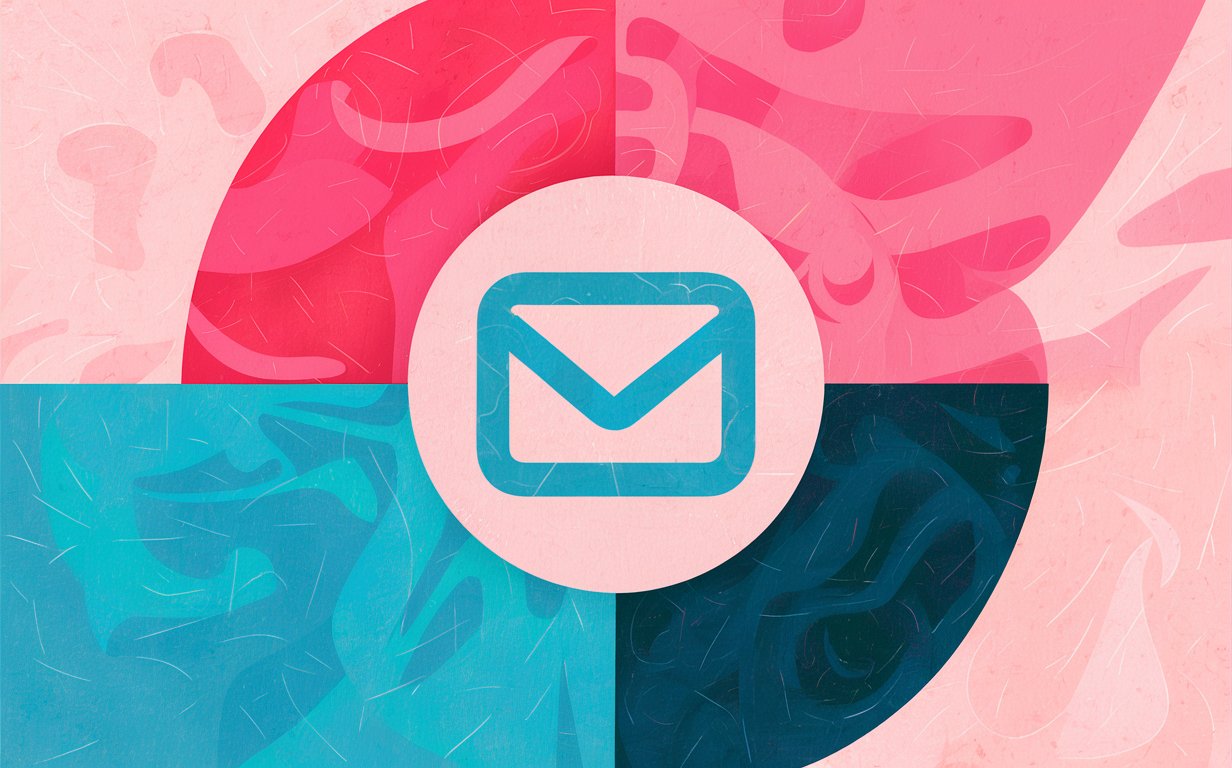Is your email marketing falling flat? It’s hard to get the results you want when you’re sending irrelevant messages to the wrong people. Whether you’re running drip email campaigns or experimenting with cold email outreach, sending the right message to the right segment makes all the difference.
But what if you could send highly relevant messages to smaller groups of people? What if you could increase engagement, sales, and customer retention? You can do all that and more with email segmentation.
In this post, we’re going to look at what email list segmentation is and how you can use it to make your email marketing more effective.
1. Demographics
Demographics are the most common way to segment your email list. This includes basic information such as age, gender, and location.
Understanding these basic demographic data points can help you create more targeted content for your audience. For example, if you know that the majority of your email subscribers are women, you can create content that is more relevant to their interests.
Similarly, if you know that the majority of your email subscribers are in a specific age group, you can create content that is more relevant to them.
2. Geography
Geography is another simple way to segment your email list. By segmenting your list based on where your contacts are located, you can send them content that’s tailored to their time zone, climate, and local events.
You can also use location data to send contacts content that’s relevant to their language and currency.
For example, if you’re an e-commerce business with customers in the U.S. and the U.K., you could segment your email list based on your contacts’ location and send them emails with prices in their local currency.
3. Behavior
Behavioral segmentation is all about how your subscribers interact with your emails, website, and products. This is a great way to get to know your audience on a deeper level and send them more personalized content.
For example, you could segment your email list based on:
1. Email engagement: Send a separate email to your most engaged subscribers to reward them for their support.
2. Website activity: If a subscriber is always visiting your blog, you could send them more blog content. Or, if a subscriber is always looking at your products, you could send them product recommendations.
3. Purchase history: Send a separate email to your repeat customers with a special offer or discount.
4. Inactivity: If a subscriber hasn’t opened any of your emails in a while, you could send them a re-engagement email to try and win them back.
Segmenting your email list based on behavior is a great way to send more personalized emails and get better results.
4. Engagement
You can also segment your list based on how engaged your contacts are.
Customers who haven’t engaged with your emails in a while might be a good segment to target with a re-engagement campaign. For example, you could offer them a special promotion or ask them to update their preferences.
On the other hand, you might want to reward your most engaged customers with a special offer or promotion.
5. Purchase history
If you have an ecommerce store, you can use the data you collect on your customers’ purchase history to create different segments.
For example, you could create segments based on the types of products they’ve purchased, how much they’ve spent, or how recently they’ve made a purchase.
This will allow you to send targeted emails to your customers that are more likely to convert. For example, you could send a special offer to customers who haven’t made a purchase in a while, or you could recommend products that are similar to the ones they’ve already bought.
You can also use referral tools like ReferralCandy to turn your best repeat customers into advocates, rewarding them for referring friends and family while segmenting your campaigns to highlight products they’ve already shown interest in.
6. Email client
Different email clients can display your emails in different ways. This can affect how your emails look and how your subscribers interact with them. For example, a person viewing an email in Gmail will see the subject line and a preheader, while a person viewing the same email in Outlook will only see the subject line.
If you have a large list, it’s a good idea to segment your subscribers by email client so you can optimize your emails for each one. This will help you ensure that your emails look great and get the best possible response from your subscribers, no matter what email client they use.
You can use your email marketing platform to segment your list by email client. Simply create a segment for each email client you want to target, and then use the segment to send your emails.
7. Email frequency
How often your subscribers want to hear from you can play a big role in how they engage with your emails. While one person may be happy to receive a daily email, someone else may unsubscribe if they receive the same email more than once a month.
To segment your list by email frequency, ask subscribers how often they want to hear from you when they sign up. You can also use the data you collect about how your subscribers engage with your emails to segment them by frequency.
For example, if you notice that some subscribers open every email you send, you can assume they want to hear from you more often. On the other hand, if you notice that some subscribers only open about half of your emails, you can assume they want to hear from you less often.
8. Email engagement
How engaged are your contacts with your email campaigns? Segmenting your contacts based on their email engagement can help you identify who your most loyal subscribers are and who might need a little extra attention.
You can segment your contacts based on their email engagement by looking at their open and click rates. If you have contacts with high open and click rates, you can segment them into a “loyal subscribers” list and send them special offers and promotions to reward their loyalty.
On the other hand, if you have contacts with low open and click rates, you can segment them into a “needs re-engagement” list and send them a series of targeted emails to try to win them back.
9. Email content
You can use the content of the emails that your contacts open as a way to segment your list. This is a good way to figure out what your audience is most interested in and what they want to hear more about.
For example, if you are a marketing agency and you see that a certain group of contacts are always opening your emails about social media, you can segment them into a group and send them more content about social media.
You can also see what type of content your contacts are most interested in by using the content of the emails that they opened to segment your list.
10. Email activity
Finally, you can segment your email list based on the activity of your subscribers. This can include how often they open your emails, what they click on, and how they respond to your CTA.
For example, if you have a segment of subscribers who never open your emails, you can try to re-engage them with a special offer or coupon code. On the other hand, if you have a segment of subscribers who always open your emails but never click on your CTA, you can try to get them to take action by offering a time-sensitive discount.
By tracking the activity of your subscribers, you can create more targeted segments and improve the performance of your email campaigns
Using an email verifier before running these campaigns ensures that your list is clean and active, so you’re only tracking real, valid subscribers. By tracking the activity of your subscribers, you can create more targeted segments and improve the performance of your email campaigns..
11. Email inactivity
If someone hasn’t opened one of your marketing emails in a few months, it’s time to re-engage them with a new offer or piece of content.
Create a segment of your email list that includes people who haven’t opened your last three to five marketing emails and then send them a re-engagement email with a special offer.
Ready to get started?
Segmenting your email list is one of the most effective ways to boost your email marketing ROI. But if you’re new to email list segmentation, it can be a little overwhelming to figure out where to start.
The good news? You don’t have to tackle everything at once. In fact, it’s better to start small and build from there as you learn more about your audience and their needs.
Ready to get started? Here are 11 ways to segment your email list for better targeting.
Conclusion
Email segmentation is a powerful tool for increasing the relevance of your marketing messages. It can improve your email marketing performance through increased open and click-through rates and lower bounce and unsubscribe rates, not to mention better revenue and ROI.
So get started with email segmentation and watch your email performance soar!




